
Art
Revisiting the Essence of Visual Storytelling Through Malak Kabbani’s People-Centric Lens

Whether spotted on the streets of Cairo or captured across big studios in London, people have always held the secret to Malak Kabbani’s distinctive visual universe. In this chat with JDEED, the Egyptian-German photographer lets us in on the heart and soul of her practice, treading the lines of truth, art and human connection.![]()
By Christina Fakhry
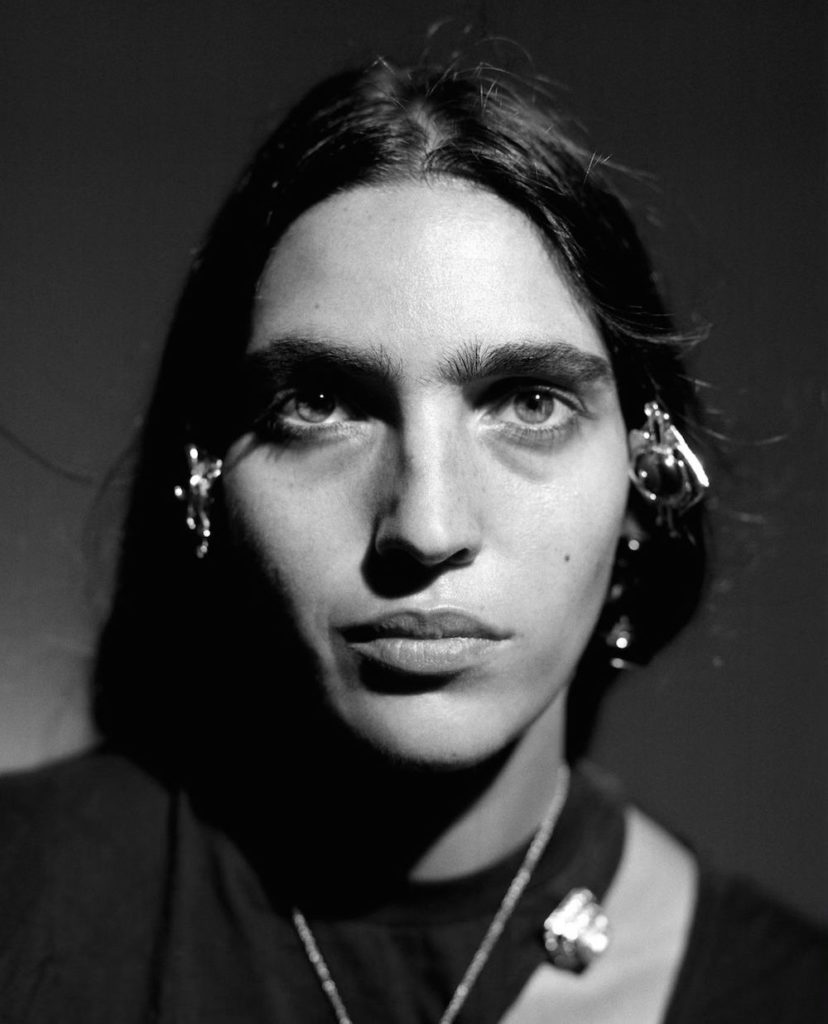
“Valentine”, 2023

Growing up in Cairo to an Egyptian father and German mother, you moved to London at 17 to pursue studies at Central Saint Martins. How did your mixed heritage and subsequent travels influence your aspirations?
It’s strange because I don’t really associate with my German side. I was born and raised in Egypt and culturally feel Egyptian. It’s a strange gray zone where I don’t look Egyptian but couldn’t possibly feel like anything else. I think growing up in a multicultural background has definitely defined my outlook on the world. It’s multiple ways of being and I’ve been lucky in my life to be exposed to so many different cultures.
What role did your fine arts background play in shaping your aesthetic as a photographer?
Above everything and anything else in the world, art has always interested me. I knew in some shape or form that I would always end up in a creative field. Photography became a quicker visual language for me but my background began in painting. Ironically since pursuing photography more seriously, my aesthetic in painting has totally changed, it’s almost like I have more freedom too.
I think fine art plays into my photography from the angle of beauty, in whatever form, even when it’s ugly. That is what art should be.
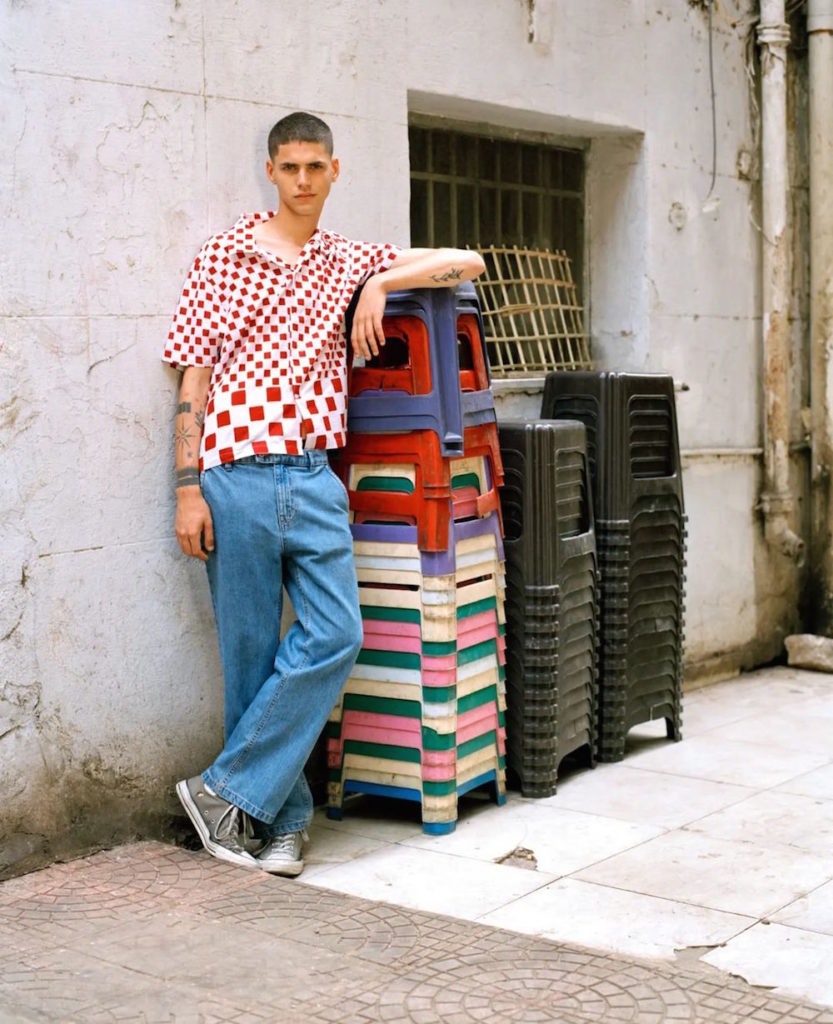
“Gimaguas in Cairo”

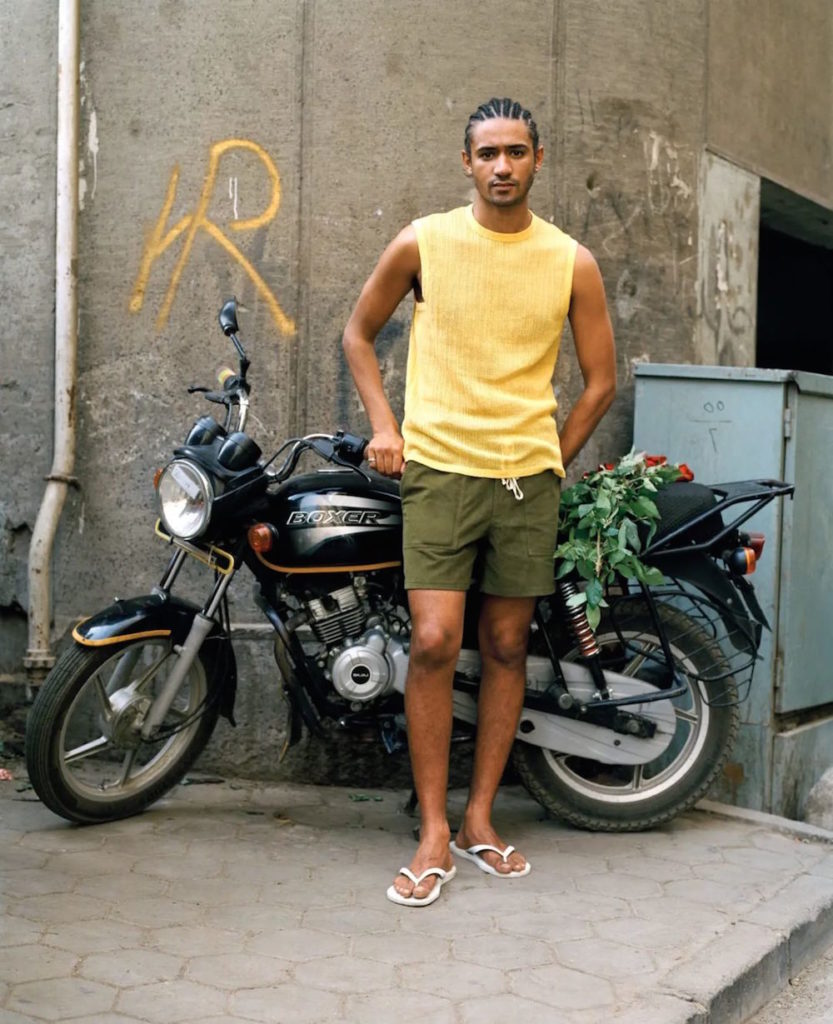
“Gimaguas in Cairo”
From fashion to portraiture, your work is not limited to a single genre yet holds an element of truth throughout. What defines your creative process?
My process relies wholly on people. People make me tick and my work is intrinsic to the relationships I build with my sitters. I get asked a lot, what type of photography do you do? Anything with people.
Besides working long-term with award-winning photographer David Bailey as an assistant and retoucher, you were spotlighted by JW Anderson in 2018 as part of a photography competition for emerging talent. How did these industry experiences impact your career evolution?
My evolution post-university was throwing myself into finding work that would keep me in London. I had started assisting during my university days as I felt my course wasn’t satisfying me. After graduation, I initially worked as a freelance assistant at two studios, then went on to work with a still life photographer for a little bit then ended up with Bailey. It’s a long story and a really good one but that’s for another time. Working with Bailey has been formative to my career. Although I only work with him 4 days a week so I can balance shooting my own work too.
What can I say? Does it get better than working and learning from one of your idols? I know Bailey is the last person I’m hopefully ever going to work for so I don’t mind the balancing act. Chance and persistence are both factors that have determined everything in my career.
“I get asked a lot, what type of photography do you do? Anything with people.”
Out of all the photo series and editorials you’ve worked on in the past few years, which one remains the dearest to your heart and why?
This is always a hard question to answer. I think out of my most recent projects is a documentary-based portfolio of strangers kissing that is yet to be released. It’s been a project that demands total trust.
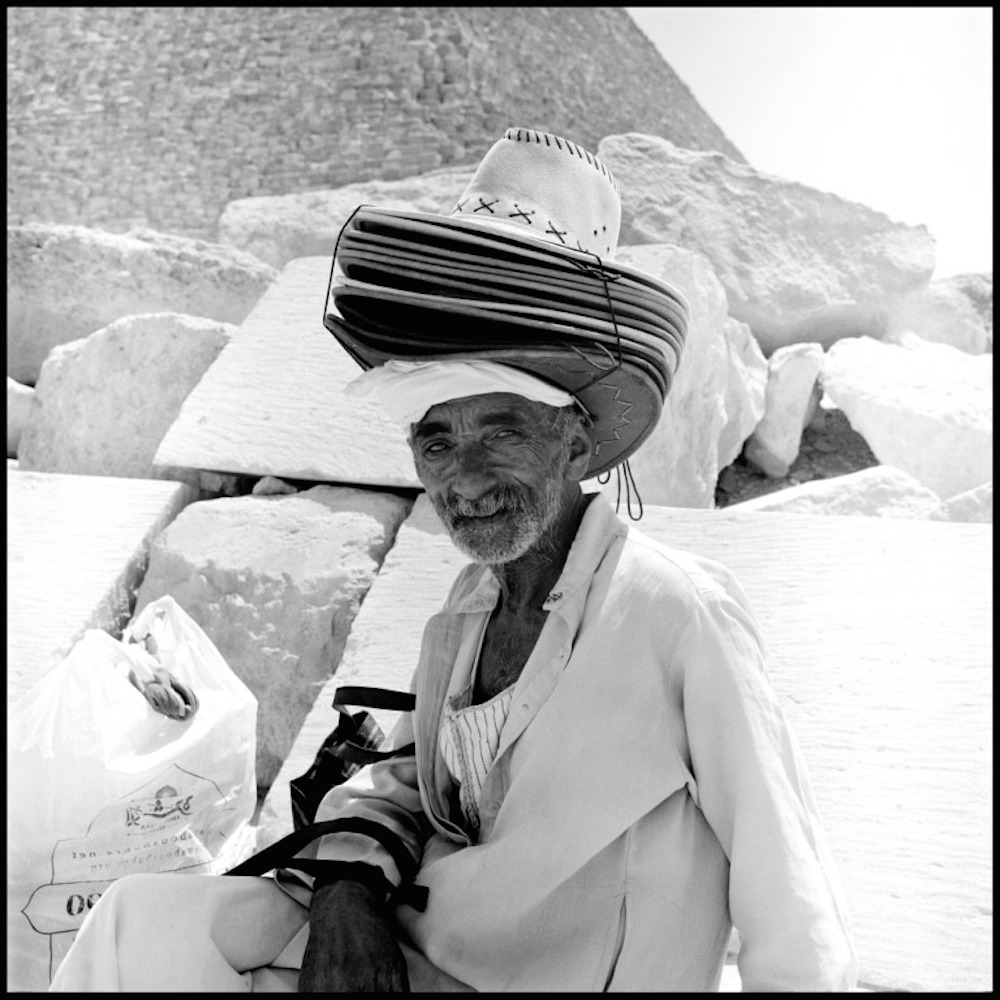
Spontaneity has always been a defining feature of your photographic journey. How did you come to embrace human connection and translate it through your lens?
My relationship with my sitters is the most important thing. How can I photograph you well if I don’t know you? I like to spend time talking to people. The spontaneous element is what makes things new and different, I have a severe opposition to moodboards that create expectations of imitation.
What is your outlook on the future of photography and what golden piece of advice would you give aspiring image-makers in the region?
Photography is changing, in a way everyone is a photographer. My advice to aspiring image makers in the region is not to make comparisons, success and aesthetic are and should be your own.
Discover more of Kabbani’s work on her Instagram, right here
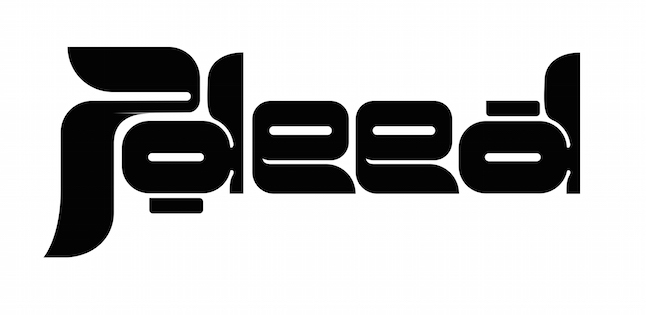
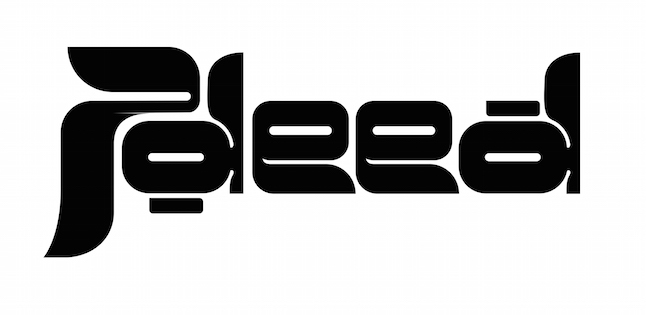




0 comments